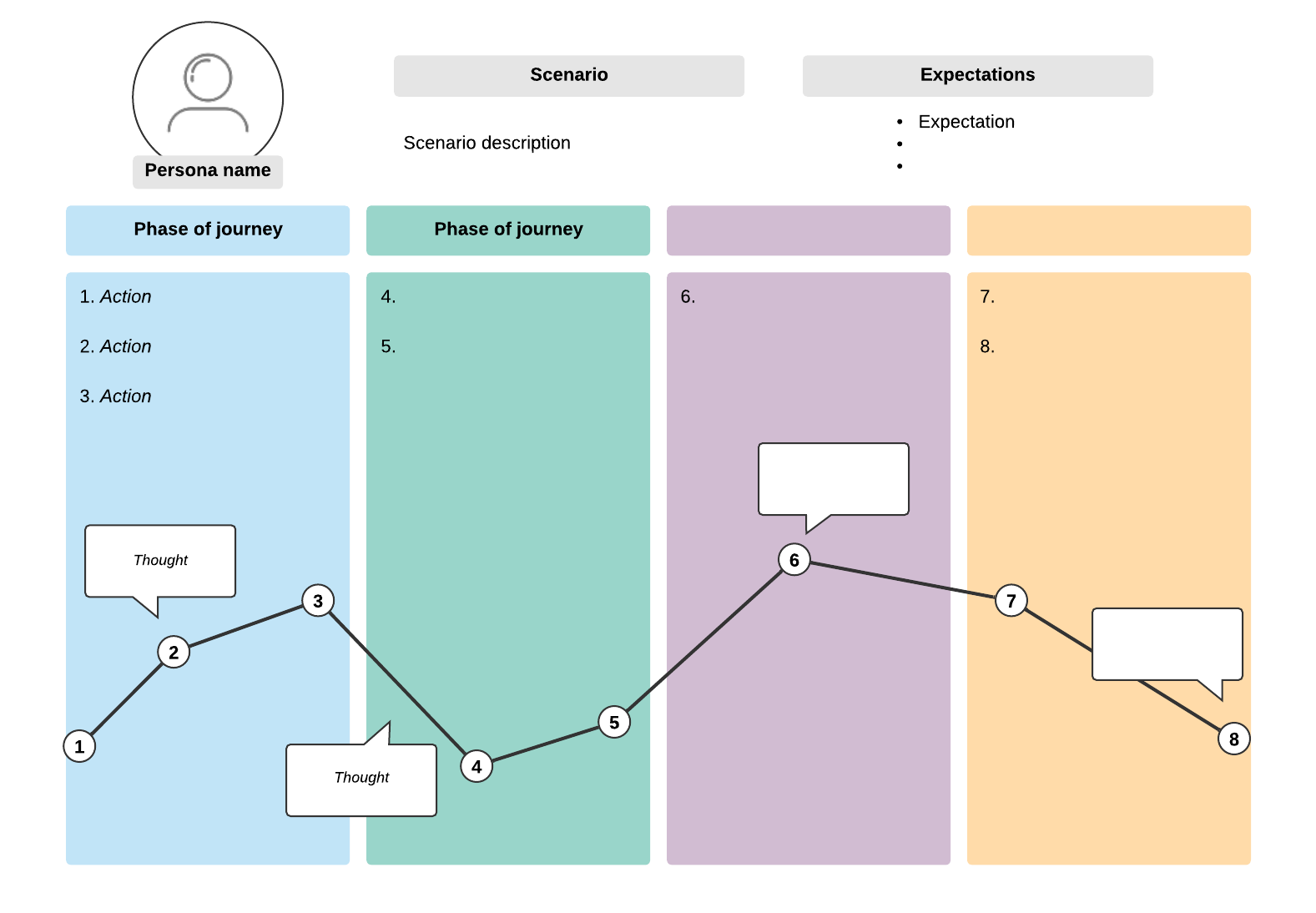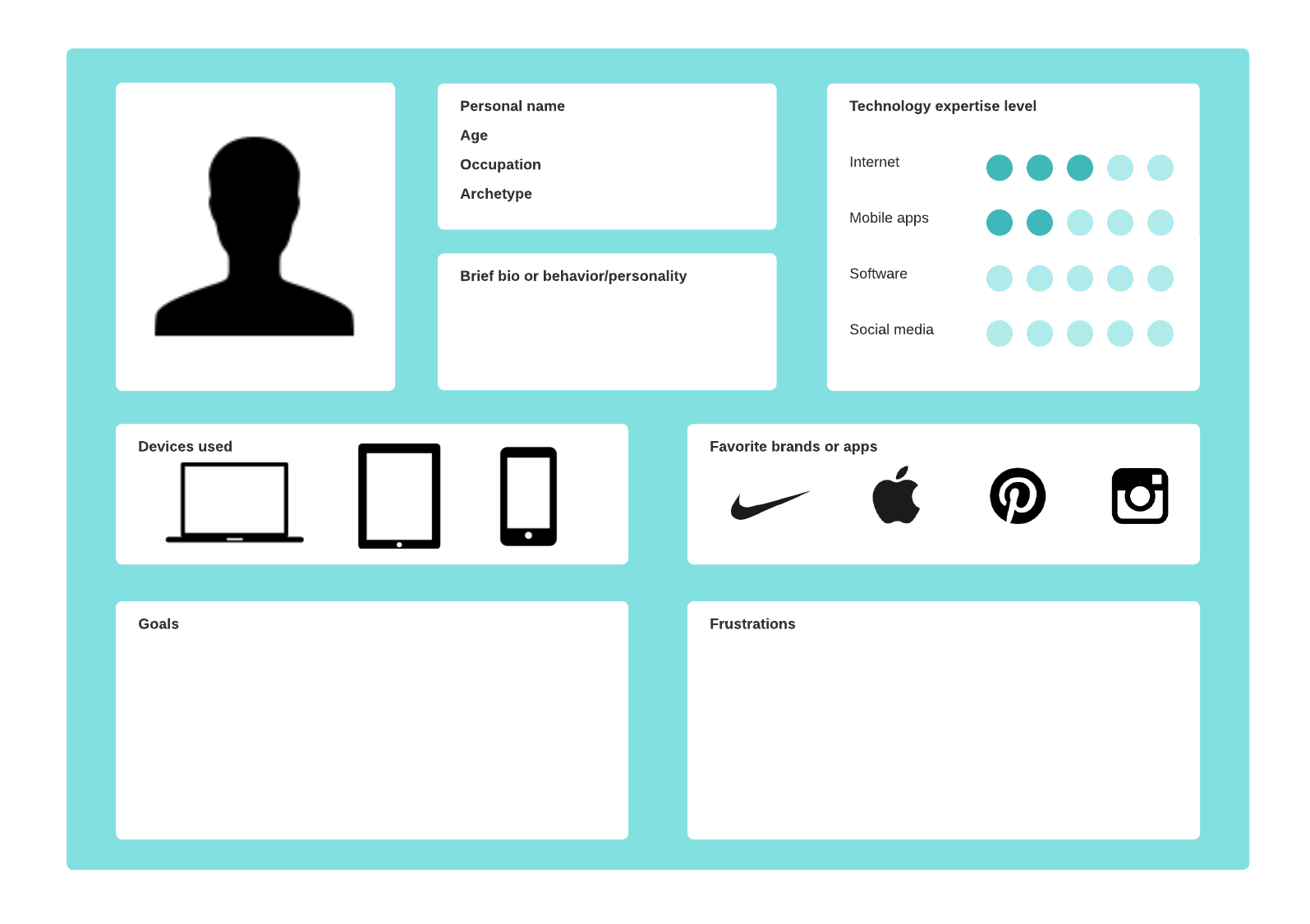
Make informed decisions with the marketing research process
Reading time: about 7 min
Topics:
Who is your target consumer? What does their buying journey look like? How should you price your new product or service?
Today’s business markets are complex and rapidly evolving. So when answering questions like these, you can’t afford to guess. You need data.
That’s where the marketing research process comes in.
The marketing research process encompasses a number of activities focused on gathering product and consumer data to understand your target customers, validate new product ideas, iterate on existing products, and improve marketing and business decisions.
If you want to understand your customer and set your products and marketing strategies up for success, you need marketing research. But where should you begin? And how can you ensure your efforts lead to actionable insights?
Below we’ll walk you through the 5 main marketing research steps.
What is the marketing research process?
The marketing research process is a series of steps used to plan and conduct research on your target market. This process starts before the research ever begins, and it covers everything needed to make research effective, from planning to conducting to analyzing—all the way to finally presenting the results.
Once you’ve completed the marketing research process, you can leverage the insights you’ve gathered to make more informed decisions for your product, marketing strategies, and business. For example, it can help you better understand your customers and their needs, thus helping you create a more impactful marketing plan.
As much as we might want to believe our instincts are always right, that’s simply not the case. Research may back up your gut feeling, but it often reveals new, unexpected facts as well. The marketing research process helps you get all the information you need to make and justify a choice–and even gain a competitive edge.
Types of marketing research
There are multiple ways to conduct marketing research, depending on the question you’re trying to answer or the problem you’re trying to solve. Some marketing research process examples include:
- Customer interviews
- Focus groups
- Competitive analysis
- Surveys or questionnaires
- Observation
Which method you should choose will depend on your objectives.
Benefits of doing market research
In 2018, less than 40% of marketers used consumer research to drive decisions. By 2021, 60% of marketers said they use customer data the majority of the time when making decisions.
Why the jump? Marketers have realized the significant value of the marketing research process and are using it to improve their decision making across the business.
Market research is powerful because it can help solve real problems. The marketing research process helps leaders answer questions and gain insight into their business, such as:
- Why do customers buy certain products or behave a certain way
- What problems do customers have and what pain points the business can address
- What’s trending in the industry and what the competitive landscape looks like
- The level of demand for a type of product or service
- Customer perceptions or opinions on pricing
- Untapped opportunities for product development or marketing
Bottom line? The marketing research process helps your bottom line.
When you understand customer behavior and needs, the market landscape, and your own product performance, you can make better, strategic decisions that drive the business forward.
5 marketing research process steps
There are five basic steps to the marketing research process. The specific execution of these steps will vary based on your company’s specific needs and capabilities, but the outline below provides a good starting point.
1. Define the problem
In this initial step, determine why you need to conduct research in the first place. Once you’ve defined why you need research, decide what kind of information you need and how your team will use that information. This will make it easy to design an appropriate research plan in the next step.
For example, let’s say the business is seeing a drop in sales on one product. Your research question could be “Why are sales for product A dropping?” There could be a few reasons, such as loss of customer interest based on product performance or industry competition. Your marketing research can then be designed around investigating those possibilities.
Pro tip: Consult with decision-makers in your company. You’ll want to be sure that your marketing research adequately addresses their concerns and gives them the information they need to make a decision. Work with them to determine any specific metrics they’ll use to make their decision so you can tailor your research process to include their needs.
2. Develop a research plan
Next, begin outlining your research approach. Develop a hypothesis, and then determine how you will conduct research. There are many ways to gather data, including surveys and focus groups, so it’s important to choose a method that will give you the information you need from the people you care about.
- Your target audience
- The research tools you will use
- Who will be involved in the research process (e.g., customers, internal staff, or both?)
- How you will select research participants
- Your research timeline
- Project resources
If you’re conducting a survey, interviews, or focus group, consider how you will incentivize participants, what kinds of questions you will ask, and how to collect the responses.
3. Collect data
With a research plan in place, you can begin conducting your research. As you do so, ensure that everyone involved in collecting data has received training to do so effectively. You’ll want to supervise and evaluate their efforts throughout the research process to ensure you get quality data.
Make sure to collect and record data in a secure place, preferably using a standardized format, to ensure you have accurate, usable data.
4. Analyze data
As your research concludes, begin data analysis. This step includes editing, coding, or transcribing data as needed to make it readable and manipulatable. Data analysis can take many forms, but it often includes making graphs and tables to spot trends. Remember, your analysis should reveal whether your hypothesis established in step two was correct.
5. Prepare a report
The marketing research process concludes with a presentation of your research. Generally, this takes the form of a written report that includes the initial problem, an outline of the research, and recommendations for how to proceed. This step can also take the form of oral reports or presentations—anything that communicates your research clearly.


However you present this information, make your report clear and understandable for any individuals who weren’t directly involved in the research process. Give them all the information necessary for decision-making. At this point, your company can take action based on your findings, thus concluding the marketing research process.
Lucidchart and the marketing research process
One size does not fit all when it comes to the marketing research process. While the basic steps are applicable to most organizations, they will often be executed very differently. Your organization needs to personalize your process, and Lucidchart makes it easy to do so.
For example, the formality of the marketing research process varies from company to company. Smaller businesses might conduct casual research with a Google survey. A large company, however, might require carefully selected focus groups and formal questionnaires. With Lucidchart, you can customize your marketing research process to fit your organization’s needs.
Marketing research can play a key role in making the right decisions for your company. Developing your own marketing research process will help you achieve even better results from your data collection and analysis, in turn helping you make more informed choices.

Define your marketing research process today with Lucidchart.
Sign up freeAbout Lucidchart
Lucidchart, a cloud-based intelligent diagramming application, is a core component of Lucid Software's Visual Collaboration Suite. This intuitive, cloud-based solution empowers teams to collaborate in real-time to build flowcharts, mockups, UML diagrams, customer journey maps, and more. Lucidchart propels teams forward to build the future faster. Lucid is proud to serve top businesses around the world, including customers such as Google, GE, and NBC Universal, and 99% of the Fortune 500. Lucid partners with industry leaders, including Google, Atlassian, and Microsoft. Since its founding, Lucid has received numerous awards for its products, business, and workplace culture. For more information, visit lucidchart.com.
Related articles
Master the 5-Step Email Marketing Funnel
A well-thought-out email marketing funnel and campaign have the power to turn browsers into shoppers and one-time fans into lifelong brand ambassadors.
How to refine your marketing funnel and earn devoted customers
Marketing teams can use the marketing funnel to see how customers find their company and why they choose it. See how to make one in Lucidchart!
How to use storyboarding for marketing and business development
Storyboards are no longer confined to film. Teams organize ideas with storyboards in every industry. Learn how and why.
